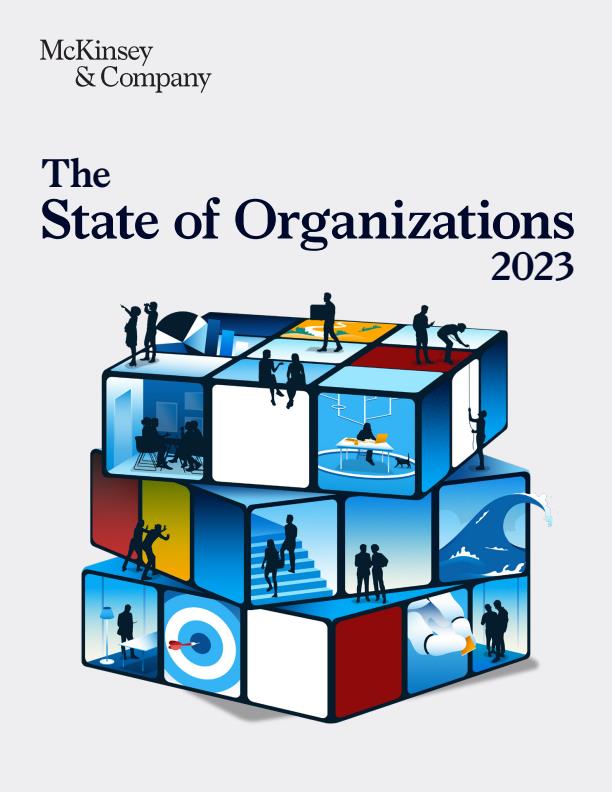PsiQuantum is on a mission to build the first useful quantum computer, a machine that can solve impossible problems beyond the capabilities of anything that exists today.
More specifically, it is developing a utility-scale, fault-tolerant quantum computer with a silicon photonics-based architecture that enables manufacturing in a conventional silicon chip foundry. Photonic qubits have significant advantages at the scale required to deliver a fault-tolerant quantum computer, and PsiQuantum partnered with semiconductor company GlobalFoundries to achieve this objective. With core quantum components already in volume production, this is an unprecedented economic signal of maturity for a technology that is often viewed as being at the early research phase.
Since its founding in 2015, the company has expanded to more than 200 employees and has raised more than $700 million in private capital, bringing its valuation to more than $3 billion. We spoke with cofounder and CEO Jeremy O’Brien about his vision for the company and the people, culture, and mindsets that enable its success.
What drives you and your organization?
Jeremy O’Brien: We founded this company on the conviction that quantum computing is the most profoundly world-changing technology that humans have discovered and that to do anything useful, you need a million-plus-qubit quantum computer.1 This was contrary to the dominant thinking at the time, which was to scale up from ten qubits to maybe 100 or 1,000. If you think the goal is to get to the top of the Empire State Building, you build longer ladders. If you realize that the goal is to reach the moon, you take a completely different approach. That’s what we did. Seven years later, the consensus is that we were right.
We are still fanatical about getting to a million-plus qubits, and we have a viable path to deliver on that promise. Our commitment to this goal is driven by our understanding that only at such scales will quantum computers address the substantive problems impacting health, the environment, and innovative materials. This belief has always been the guiding light for everything we do, and it’s why the smartest people want to come work with us.

State of Organizations: Lessons from leaders
Let’s talk more about finding the best talent. What do you think has enabled your organization to attract the right people with the right skills?
Jeremy O’Brien: My two main reports—our chief operating officer and chief business officer—are multiventure CEOs. They are vastly more experienced than me in the semiconductor industry and in the broader tech industry. I think there’s something about the organization that attracts people like them. In addition to the vision, we have an extremely profound technology, a unique approach to delivering it, and a focused discipline to maximize progress against our end goal. I’ve heard some colleagues describe it as a less-than-once-in-a-lifetime opportunity.
When I talk to colleagues about what keeps them here, it’s the people and our bold vision. We’ve recruited these supersharp, technically gifted individuals who are collaborating in the most extreme ways. Then it’s the technical and business rigor of what we’re trying to achieve. Our team is remarkably humble, especially as it faces solving problems of unprecedented scale. No one pretends to have all the answers, and yet we continually strive to achieve results that have never been done before.
We also care about bringing together a diverse group of people—including those with experience in different industries, roles, and functions. Since my university days, I’ve always been clear that ideas can be generated at any level and propagate in any direction. When you’re tackling big questions with unknown answers, you’ve got to allow that and then filter those ideas. A big part of my role is making sure everyone is heard.
When I talk to colleagues about what keeps them here, it’s the people and our bold vision.
Can you describe some of the cultural or organizational elements that have enabled you to deliver on this big bet you’ve described?
Jeremy O’Brien: My cofounders and I all came from the academic research world, as did many of our peers in the industry. We decided early on to exorcise this academic mentality and turn ourselves into a relentless industrial machine. It comes down to being a fanatic about impact—every cent and every minute must be spent on getting to the moon. We’re not writing academic papers, and we’re not interested in some cool demonstration of an algorithm unless it’s useful.
It’s a balancing act. We need to stay focused to this path that we’ve defined—especially when we’re spending hundreds of millions of dollars on building out our capabilities. But at the same time, we need to recognize when it’s time to be flexible and change. There have been times when employees have raised concerns or challenged the prevailing thinking, and we’ve listened and changed course.
The State of Organizations 2023
How has your purpose informed your approach to commercialization?
Jeremy O’Brien: When it comes to the commercialization of the technology, the guiding principle is always, “How do we create the biggest positive impact on the world as quickly as possible?” There is huge value to be created. We’re taking problems that are otherwise impossible to solve and suddenly making that possible. There are plenty of spoils to go around.
It just doesn’t make sense to obsess about capturing the maximum value or being the singular entity in the ecosystem. Of course, we’re a commercial organization and we do have to think about revenue, but we’re guided by impact at a higher level. If we get that right, then everything else will flow. It’s really an extension of our “no distractions” policy. Everything we do has to be focused on the highest-impact applications with the highest-impact partners who are going to deploy this technology at scale in the shortest time possible.
This interview is part of the Lessons from leaders collection within The State of Organizations 2023 report. These conversations were conducted by members of McKinsey’s People & Organizational Performance Practice with leaders of organizations that exemplify best practices relating to the ten most significant shifts facing organizations today.
Dr. Jeremy O’Brien is the cofounder and CEO of PsiQuantum.
Comments and opinions expressed by interviewees are their own and do not represent or reflect the opinions, policies, or positions of McKinsey & Company or have its endorsement.


